Prepping for Beginners: A Guide to Get You Started
Many of us have been prepping for a long time. We may not know everything, but we are learning each day. In the last few years, I have seen more newbies unsure of how to get started in their emergency preparedness journey.
So, I decided to write a prepping guide for beginners to help those who are just starting to move forward on the right path.
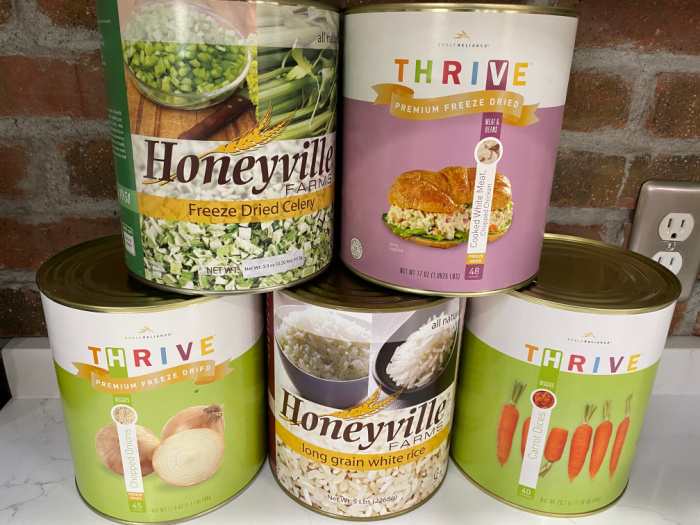
If you visited my home, you’d see a lot of non-perishable food items in the form of freeze-dried products of all kinds. These are items I’ve purchased over a number of years. Right now, I can tell you that the price of the #10 cans shown above is overpriced. If I were starting, I would not buy #10 cans, at least not now, unless you have a significant budget when putting your emergency plan in place.
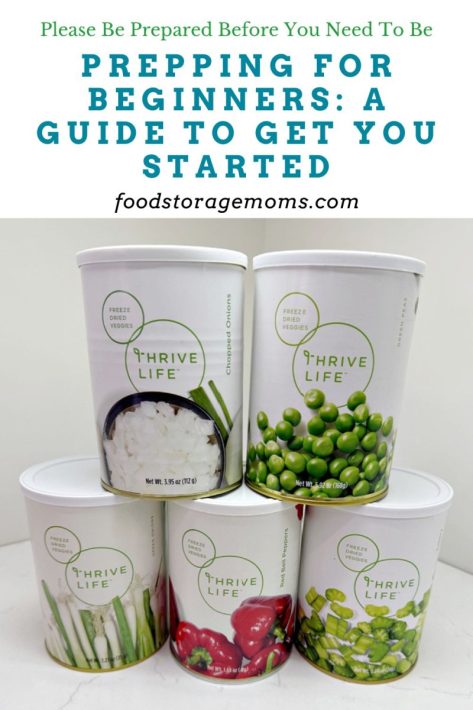
At the very minimum, prices have quadrupled in the last ten years. There was a year when manufacturers were unable to get the #10 empty cans, and now fruits, vegetables, meat, and dairy are in shorter supply for various reasons.
I started buying “Pantry Cans,” which are smaller. I don’t sell Thrive Life products, but that is the only company that I know that sells them. At my age, 75, I stopped buying freeze-dried food. Canned foods work great for us, and for the most part, are readily available.
Prepping for Beginners
The first thing I can say is that you have to start at some time! You can start with limited money, like $100, and buy one can at a time, but you just have to start. Below, I’m going to share with you how to get started!
Prepping for Beginners – Water
When you start putting together your disaster supplies kit, the first thing you want to do is start storing water! You can only live 3 to 5 days without water. That means if the water supply is tainted, such as in Flint, Michigan, years ago, you need to have water to drink.
The American Red Cross recommends storing 1 gallon of water per person per day. That means if you have 5 family members, you’ll want 5 gallons of water stored for each day. When starting out, I would begin by having at least a 3-week supply of water. So, you do the math for your family.
BUT, I suggest that my readers store 4 gallons of water per person per day. My calculations for a family of five would be 20 gallons for one day. Three days would be 60 gallons, so please do the math for your family. You may or may not use all four gallons daily, but it’s better to have it than be dehydrated.
Be prepared the right way with enough water to live safely. We need water for drinking, cooking, limited laundry chores, and to maintain personal hygiene and sanitation efforts, to name a few. Just start slowly storing water for your family.
Do you have to buy all this water at once?
Absolutely not! Figure out how many gallons you need for 3 weeks. You can buy extra water each week for several months until you build up a good supply. As you store and get more water, I recommend reading my post: Water: Do You Have Enough so that you know the safest way to store it. In addition to this water post, you can learn more about water storage in my other posts:
- How to Find Other Water Sources in an Emergency
- How to Store Water for Drinking and Cooking
- Store Water for Survival Today, Not Tomorrow
- How to Store Water in an Apartment for Survival
Once you get to 3 weeks, DON’T STOP! You can set a goal to purchase large-capacity safe storage containers. We have some 55-gallon barrels, two 160-gallon units, and one 250-gallon tank.
Prepping for Beginners – Food
The second thing you need to think about when you begin prepping is food! In an emergency, you may not be able to get to the store, the stores may have shortages, or it’s just too dangerous to go to the store. Again, I would try to have at least 3 weeks of food stocked up.
Do you have to buy all this food at once?
Depending on your age, you can live 8 to 21 days without food. Even a small amount of food can be rationed to keep you alive. So, don’t worry about getting all that food at once. Just Start!
What Food Items Should I Start With?
I wanted to show you this picture because I store these food items in their original containers. Of course, you’ll need to place them in plastic buckets if you have critters in your neighborhood. I store these in my pantry, as is. This way, Mark and I know at a glance what we have, and yes, we rotate them as needed.
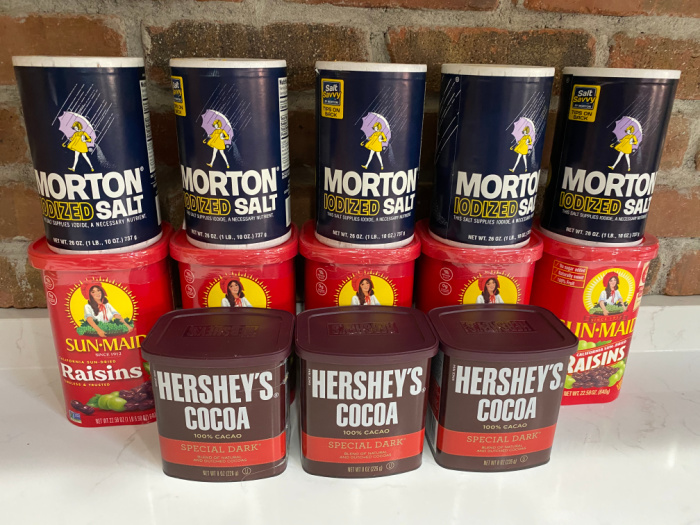
Typically, I tell people to store what they eat. However, there are a few items that I think everyone should start storing because you want food that you can rotate, as well as having items you store for a long time. Here are some food items to start with on your next grocery trip!
These items you can store indefinitely, if they are in proper containers:
- Wheat
- Salt
- Sugar
- Honey
- Rice
- Beans (they will get harder every year and will take longer to cook)
- Pasta
These items you can store for about a year:
- Canned condensed meat and soups
- Canned fruits, fruit juices, and vegetables
- Ready-to-eat cereal and uncooked instant cereal
- Peanut butter
- Jelly
- Canned nuts (please keep in your freezer)
- White flour (12-18 months)
- Raisins
These items you can store for 6 months:
- Dried fruit
- Dry crackers
Prepping for Beginners – Medications
Another thing many new preppers don’t think about is their medical needs. A big reason we are seeing an increase in beginners wanting to prep is because of the pandemic. We all get sick, from time to time, and we need to make sure we have a few items stocked away. Be sure to consult with your medical professional to be sure they don’t conflict with your prescriptions. Here are some of the basics to start with:
- Prescription medications- if you can, get extra scripts from your doctor.
- Tylenol-fevers that won’t go away require you to alternate Tylenol and Ibuprofen.
- Ibuprofen
- Benadryl-this is the best for any allergic reaction.
- Cold and flu medication
- Anti-diarrhea medication
These are just a few medications to start with. Your family’s needs may vary if you live with older family members or have other needs. If you want a more extensive list, please check out my post: 35 OTC Medications You Should Store.
Other Items New Preppers Need to Have
In addition to water, food, and medications, there are some other things you may want to make sure you have. Here are my beginner basics:
- First aid kit– start with a simple premade one.
- Toilet paper– as of today, it’s readily available
- Menstrual pads, tampons, or whatever you use as personal hygiene items
- Soap
- Shampoo
- Bleach
- Dish soap – paper supplies and plastic utensils if you are unable to wash dishes
- Baby supplies, if needed, like diapers and formula for infants
- Pet supplies, if needed, and not just for service animals
- Laundry soap
- Trash bags
- Cleaning supplies
- Related: 30 Things You Need to Stock
- Light sources like a flashlight – I like solar flashlights and lanterns
- Change of Clothing for each family member – sturdy shoes, jacket, gloves all come in handy
- A warm blanket for each person, a sleeping bag, and a backpack
Storage Tips
The best way to prep is to make sure what you prep isn’t being wasted. Nobody wants to waste money when prepping! Here are some storage tips to keep in mind as you prepare for your functional needs when a disaster strikes:
- Keep food in a cool, dry place. Darker is best.
- Wrap perishable foods in plastic bags. Keep them in sealed containers in your refrigerator.
- Store sugar and flour in air-tight canisters or buckets.
- Throw out canned goods that are swollen, dented, or corroded.
- Rotate your food. Use food before it goes bad, then write it on your shopping checklist to replace it.
- Date everything when you purchase it!
- Related: 25 Important Items You Should Have in Your Home
Your First Shopping List
So, to break this down for you, I’m going to give you your first shopping list. Obviously, you will have to buy what works for you and your family. This list should be in addition to your regular grocery list. But, this is a good place to start:
- An extra gallon or case of water
- 2 extra cans of meat
- 2 extra cans of fruit
- 4 extra boxes of pasta
- 2 extra cans of vegetables
- White rice
- White flour
- Instant Milk
- An extra jar of Peanut butter
- Tylenol
- Bleach
- 1 extra container of shampoo, body wash/soap, and conditioner
- An extra container of dish soap
- Extra toilet paper
- First Aid kit
- Toothbrushes and toothpaste
After you have completed this list, begin adding more to your stockpile. If you can’t afford to get everything on the list, pick a few items you can afford and grab those.
Consider The Types of Emergencies Your Location Is Prone to Experience
Every location tends to have different types of emergencies. The typical ones we think of are floods, tornadoes, hurricanes, earthquakes, and wildfires. A more common event when it comes to hazards to prepare for are power outages that can affect your appliances, communication devices like cell phones, and other electrical devices like your laptop. We have different resources we use each day, so think about what you’d do if you couldn’t use various items you often take for granted.
What Kinds of Things Should be Considered When Putting Together Emergency Supplies and Plans?
My archives a full of posts regarding the following issues, check them out as you put your plans and purchases in place:
- Will you need an evacuation route plan, or will you shelter-in-place?
- What important documents will you take with you, like identification, medical records, passports, bank information, and a contact card with information like necessary phone numbers for insurance agents, doctors, lawyers, and extended family?
- Communication devices, like a battery-powered radio or a crank radio.
Final Word
If you are a beginner, I can’t stress this enough..START! Start today! You can start with 1-gallon of water and 1 extra canned good. Just start wherever you can. Start with a 72-hour supply, work up to 3 weeks, then just keep going! You’ve got this! May God bless this world, Linda
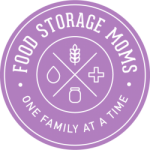
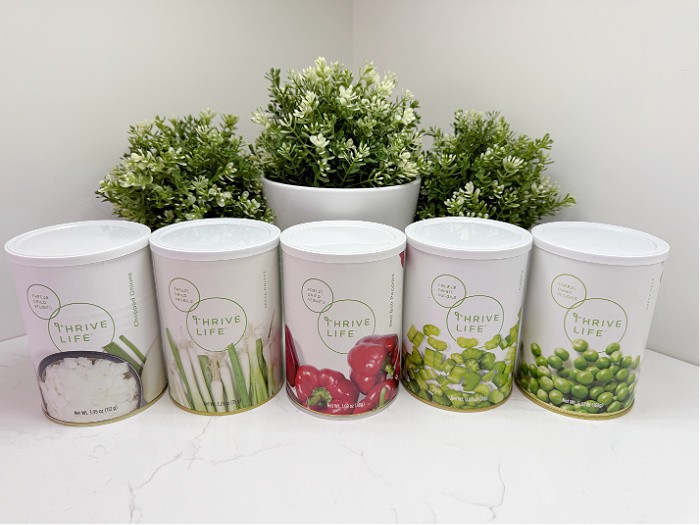

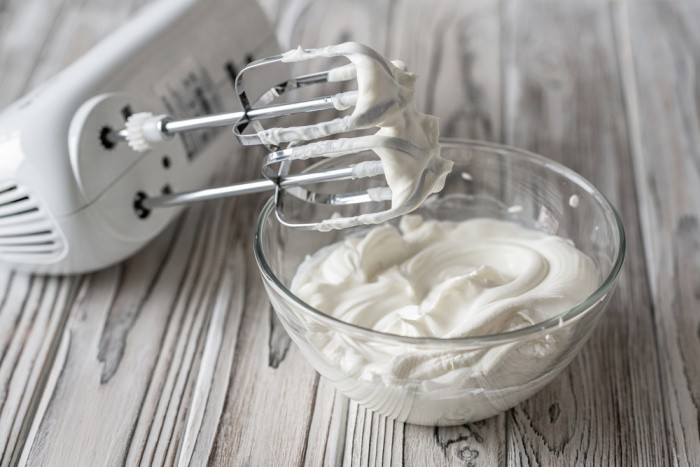
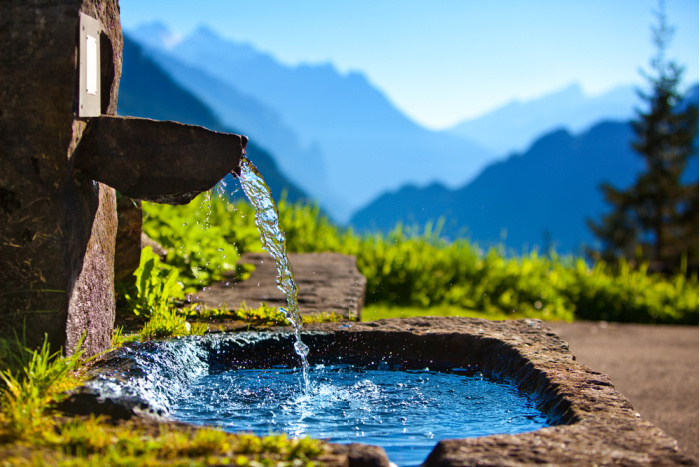

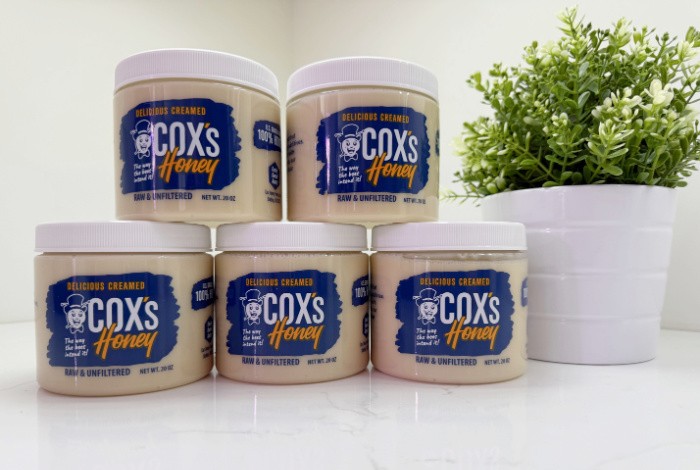
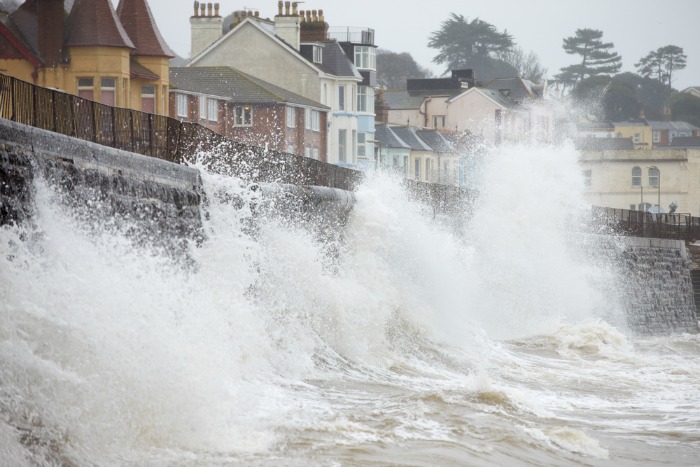
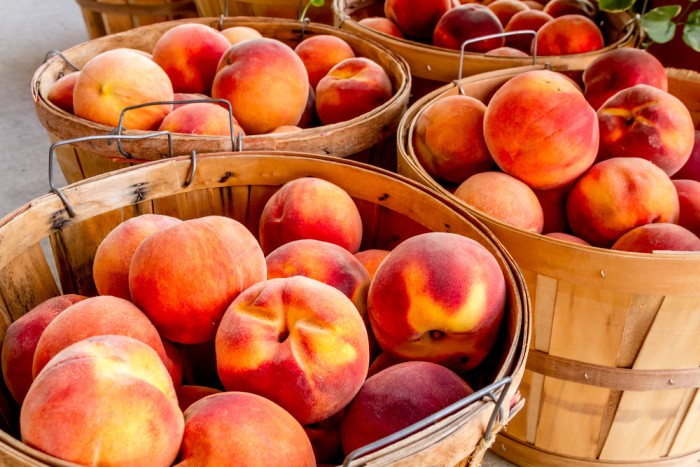

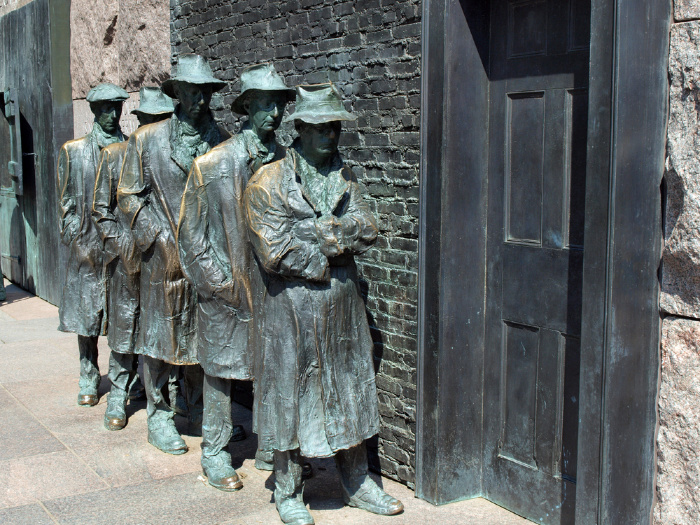
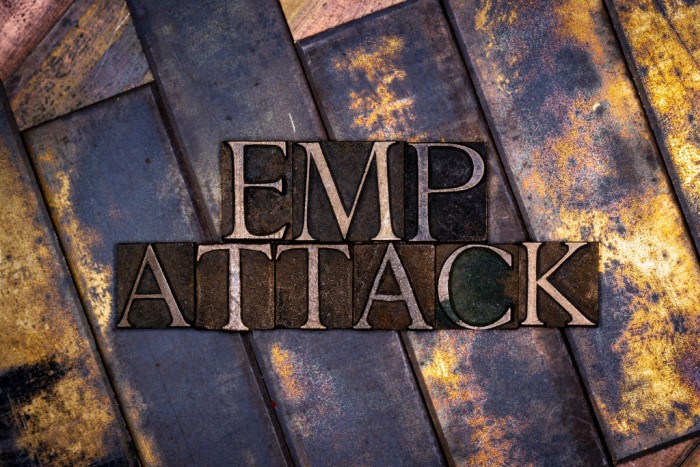
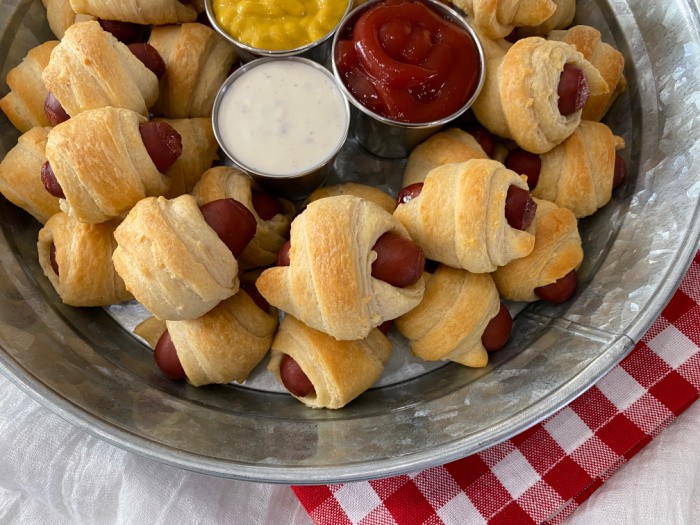
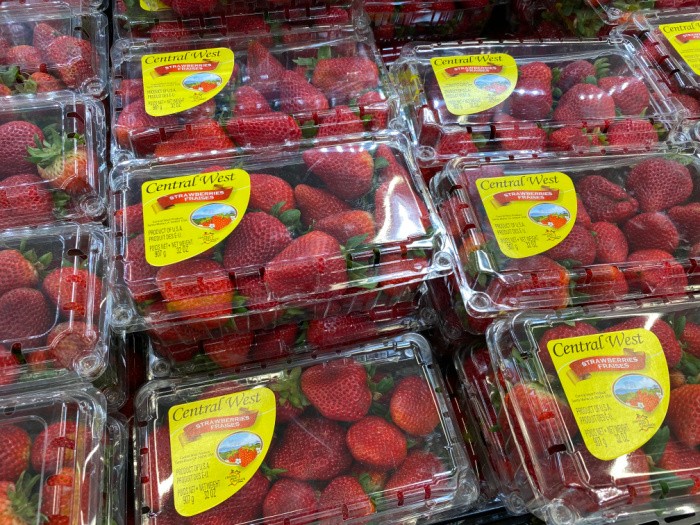
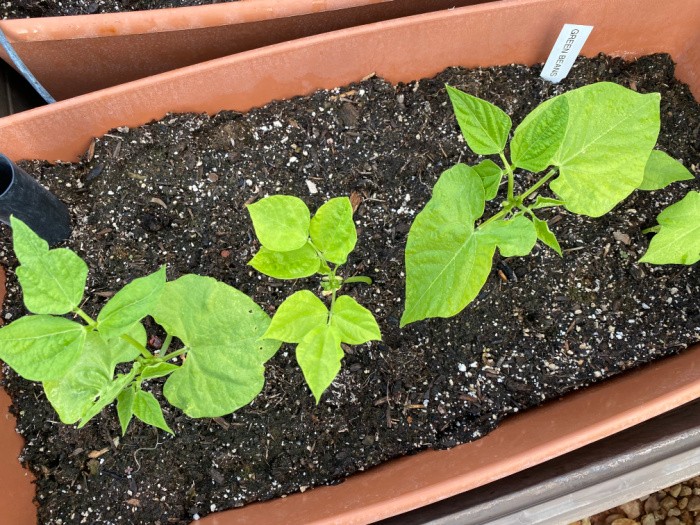
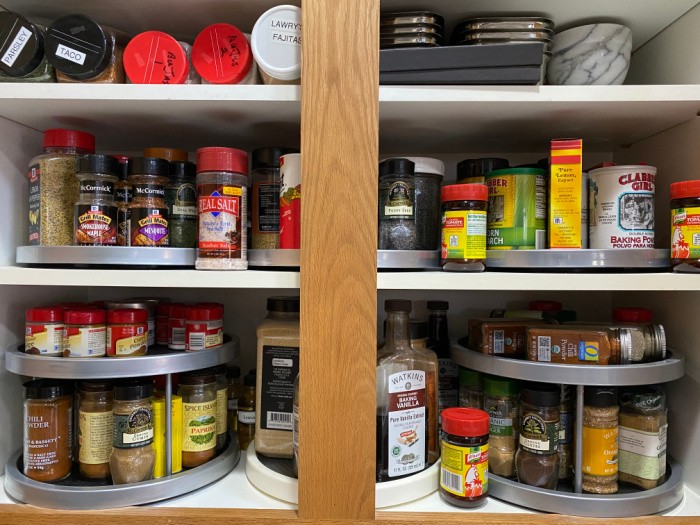
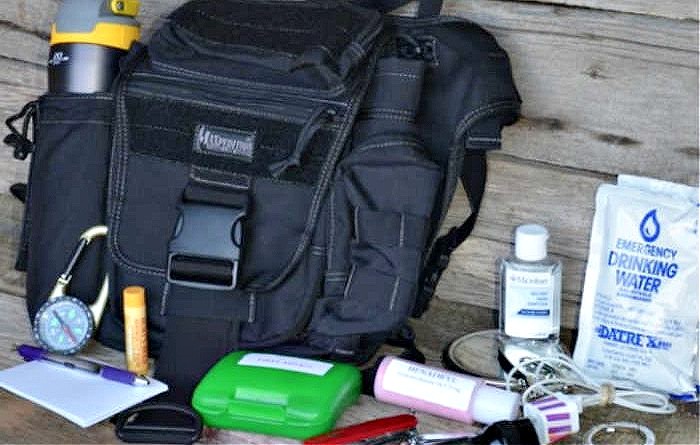
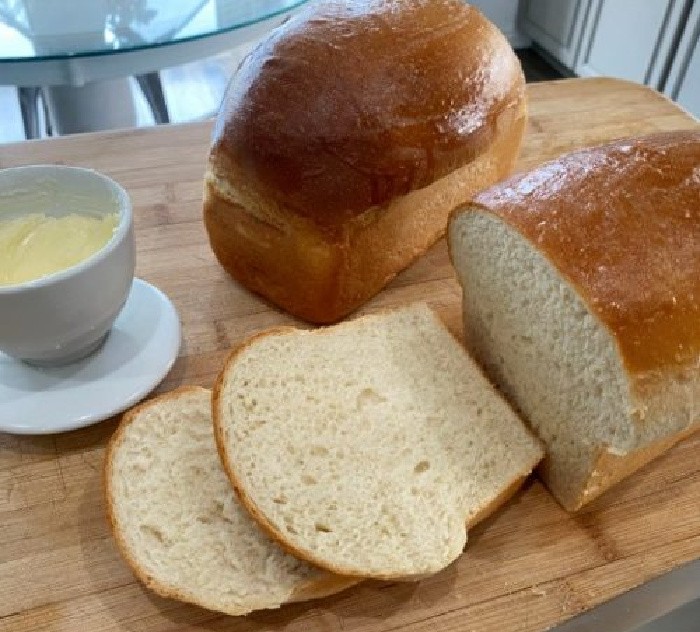
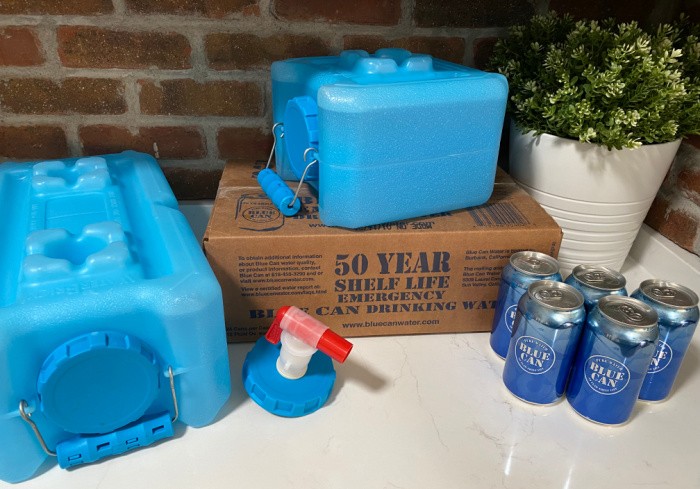
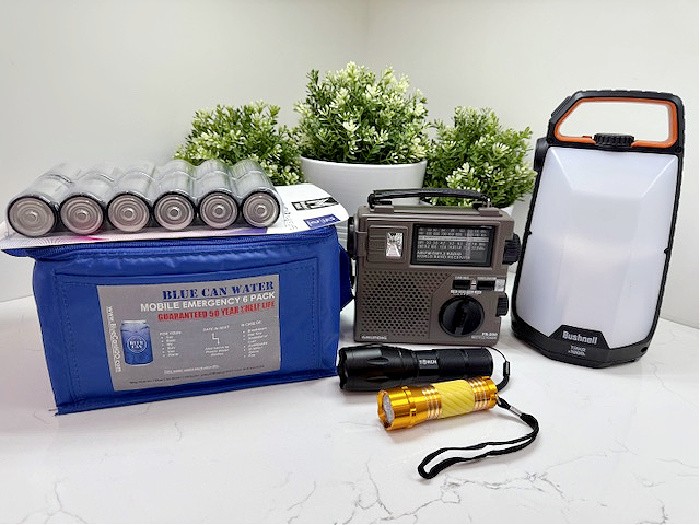
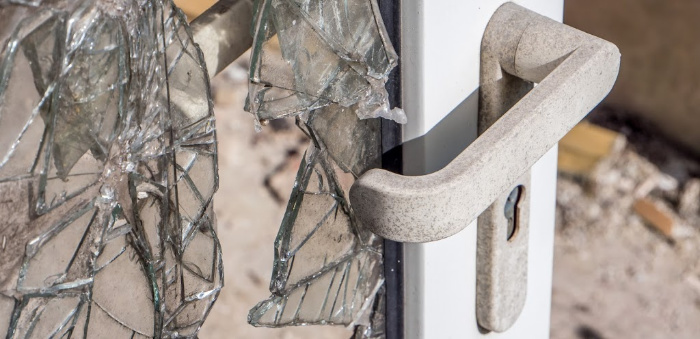
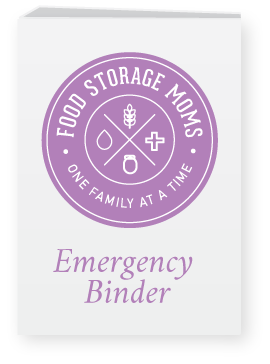
Great list. It helps us older preppers remember everything we need. Thank you so much for the reminder.
Hi Deborah, everyone is different but we all need supplies. I love to remind newbies and preppers like you and me. Life is good! Linda
Life is good ALL the time! I am so blessed to be able to prep.
Hi Deborah, I agree, life is good. Linda
Terrific column and thanks for the great lists. We have had discussions about where to store water, like outside (I’m in the Pacific NW so freezing is less of a problem than heat and sunshine). I think we should store on racks or pallets in the garage. Any comments from others? We got 7 gallon Aquatainers but know that once filled we won’t be moving them!
Hi Monica, pallets are awesome to store your water off of the concrete. You can also ask Home Depot or Lowe’s to cut some 2-inch by 4-inch pieces of wood in the length you need. I have 2 by 4’s under my 250-gallon tank, my 160-gallon tank, and my 55-gallon barrels. We do not want the chemicals from the ground, cement, or concrete to leach into the containers. Those 7-gallon containers are awesome! Stay safe, Linda
Thank you, thank you, thank you !!……Did I remember to say thank you……lol…. your lists are my “go tos”. I thought I knew what to do but I have learned SO much. I have shared what I have learned with my family allowing me to feel safer and more secure under your guidance. The only wisdom I have to share is to stay on top of things like laundry and dishes…. I know, easier said then done…. but I know the minute I think I can let something go till the next day, we lose power, or water or something will come up. Prayers will be needed in the coming months. Please everyone, offer prayer for our members of law enforcement who will be putting themselves in danger to keep us safe.
Hi Chris, thank you for your kind words!! You and I are so much alike. I keep up on my laundry and dishes, BUT if I hear or see a storm brewing I start whatever laundry I have and the dishwasher. AND I clean out the refrigerator in case we lose power. I guess it’s because I have been through some minor disasters and a few major disasters. I totally agree with you on needing prayers. God bless our law enforcement officers that they are safe!!! Life is going to be rough very soon. God help us, Linda
I’ve seen several posts on pumpkin pie filling being almost non existent and I looked on amazon one day and sure enough it was gone. Yesterday at the Super Saver they had a pallet of Libbys pumpkin for $2.03 a can.
Now I don’t know much bout baking pies but I do know that usually it’s like .68 cents and can and it’s usually in the donated food items stuff because folks have too much or it’s going out of date etc.
I put up 50lbs on non iodized salt for meat preservation yesterday and will continue to make small gains when I can.
Hi Matt, I was lucky enough to find the large cans of pumpkin for $2.09 and the smaller ones for $1.69 (ripoff) but I don’t have enough time in the day to make my own, so I bought several cans. Life is so good when my pantry has some cans of pumpkin! The salt is the best idea for hunters, my nephews are big into hunting game in Utah. Be safe my friend, Linda
I have read about the shortage of pumpkin(I just finished eating the last of a pie)on several sites and I expected to find none.
Our stores here all have pumpkin.
By the way, pumpkin pie is one of the easiest pies to make. I don’t even use a blender.
We are fortunate to have a Rulers that is a subsidiary of Krogers. You pay a quarter for the cart like Aldi’s and supply your own bags. The prices are fabulous and I take my bags when I shop anyhow, so no inconvenience for me.
For Matt:
Mix 1 can pumpkin
1 can condensed milk
2 beaten eggs
1 TB pumpkin spice(I make my own)
dash salt
Pour into frozen crust and bake 15 minutes @425, then 35 minutes @ 350.
Top with whipped topping which I have in powder form from Amazon.
I have never had a bad pumpkin pie—ever.
Hi JayJay, wow, thanks for the pumpkin pie recipe!! I LOVE pumpkin pie! I love it! Linda
As I read through your first shopping list, I was reminded that many things on that list can be found at the dollar store. Vienna sausage, dish soap (I buy palmolive), toothbrushes, brand toothpaste, salt, OTC meds, etc,
Hi Kathryn, oh my gosh, I grew up on Vienna Sausage! Thanks for the reminder on the dollar stores! Yay, for saving money! Linda
This is a great starting point, Linda and all new preppers! Something that I struggle with as a longer term prepper living in a small apartment is storage. When prepping or starting out prepping, think about how and where you will store your supplies. I see lots of ideas on this and other blogs about shelving systems and those are great – except in a small apartment! I have stuff stored in bins, boxes, buckets in a few areas in my apartment but want to consolidate everything so that I can more easily “shop” my preps before going to the store. I periodically do an inventory and have tried a spreadsheet/lists posted on cupboards/freezer, etc. but don’t seem to keep them up very well! I do keep a running grocery list and when I use something from my preps/pantry it goes on that list to purchase more.
I just need to really get with it and get my stuff organized so I know what I have, where I have it and can more easily rotate the items before they get too old! I have mentioned many times that I store what I eat and eat what I store. I think that is the best advice I can give to new preppers – that and organization and rotation.
Leanne, we do the same thing. I’m not gonna store anything we don’t eat or can’t use. I’m working on water storage now.
Hi Leanne, I hear you on the spreadsheets, I can’t keep them straight. This year has been different than any other year. I quickly realized I had pockets I needed to fill. I have always put the last item on my grocery list. Well, somewhere along the line I missed the mustard and the ketchup. Today, I realized I’m down to the last of my favorite bread and butter pickles. BUT, I have to say, I do what I can. It’s never perfect keeping track of food. BUT, the new smaller rolling shelves have helped me keep stuff straight. I got those at Costco as well. The bunkbed quest room is probably a fire trap but I know what food I have now. Today, anyway. Life is good, we do what we can do. Stay safe, Linda
I also live in a small apartment and it is definitely hard to find space to put things. I have the bins that slide under the bed, and I have been filling them up with canned goods/pasta. It’s perfect because it is out of the way but yet easily accessible
Newbie here (SW Florida). Thanks for all your advice and taking the time to help us all.
Where is the best place to get the 5 gallon food grade buckets with lids? What are the different types of lids?
I have just started looking and started at the Walmart and Lowes websites but am unsure what is good.
Thanks again.
Hi Kary, I buy my 5-gallon buckets and lids from this company. You get free shipping after a certain amount. I will get you some links to their website. Have you seen my color-coded fuel 5-gallon buckets? I cannot spend my time driving around when I can order these online. I only use Gamma Lids: https://pleasanthillgrain.com/gamma-lids-seal-lid-12-inch-5-five-gallon-white-blue-red-green-yellow-black-orange Here are the buckets: https://pleasanthillgrain.com/5-gallon-plastic-buckets-five-pails-plastic-bucket Here is a post I wrote on the different (DRY) fuels I store: My Favorite Emergency Fuels To Store For Survival Please keep prepping, just start with a little and add to it. You can do it, I promise. Linda
For food grade pails/lids check with your local bakery, grocery store, restaurant, even hospitals…anywhere food is sold or cafeteria style….most will give you free or small charge. Also, check there for half gallon or gallon jars…I love the short square jars marchino cherries come in at the bars……most will be free…
Hi Sandra, free buckets are nice. I have really bad arthritis so I have to have the Gamma Lids. If you can get the lids on and off, those are awesome. Great tip, Linda
When you start storing staples like beans rice ect remember to start trying meals using these things. You need to know how to cook with your stored food and what your family likes and doesn’t like BEFORE you really need to live off of it
Hi Poorman, I’m so glad you mentioned this about eating what you store. I grew up poor but didn’t know it at the time. My parents divorced and my mom worked hard to keep food on the table. Then she remarried, and I had a great step-father. Here’s the deal, if we teach our family to cook from scratch, they can survive a disaster. I grew up making beans and rice and to this day I still eat a bean burrito every single day. Of course, I love salsa on it. We must teach our offspring to store food they will eat and learn to cook it and use it every day. I worry when I drive by the fast-food drive-throughs and the lines are wrapped around the parking lot. I sure hope those families are teaching their kids to cook from scratch, a bag of food doesn’t cut it. Stay safe, Linda
I continue to be amazed that older preppers are still buying small bottles of water. If you are drinking your tap water, or filter your tap water before drinking, you have ‘free’ water. You can invest in some larger storage containers (carboys or 5 gallon tote containers) that are reusable and refillable.
I don’t have any relationship with Lexington Container in Lexington, KY, other than being a very happy customer. They have food grade liquid containers (blue and translucent white) in sizes from 5 gallon to 55 gallon as well as IBC totes, and they ship. At least you might get ideas from looking a what they offer.
If I’m violating any of the terms of service, it’s through ignorance, not malice. Here’s the URL, https://www.lexingtoncontainercompany.com/
Hi Ray, thanks for sharing the link on those containers. I quit buying bottled water when (except for those little bottles) I got reverse osmosis installed about 20 years ago. My family refills their water jugs. The problem with the cases of bottled water, they do not last long as far as shelf-life. Even if they are on sale, you have to haul them into your house. I always say, do it right the first time. I always recommend containers as you have mentioned. Thanks again, Linda
Linda, This is a terrific article for beginners and I agree with you on almost everything you wrote. But I have to disagree with you on some of your storage times–though I’m pretty sure since you were writing this article for beginners you were talking about expiration dates if food is left in its original packages. Right?
I’ve used canned soups, meats and fruits that were five or more years old with no harm and I know others who’ve tested them after much longer storage periods. I’m sure they lost some nutritional value but they were still edible.
Even flour and crackers, if stored either in mylar bags with O2 absorbers or vacuum sealed can last for years. Anything containing wheat or made from wheat will go buggy within two years if not stored as mentioned above. That goes for pasta too. I no longer buy boxed pasta as I’ve had too much of it go buggy on me (I get American Beauty pasta in the clear plastic bags). If you aren’t finicky you can simply cook it bugs and all and the bugs are just extra protein. My wife is finicky so I repackage pasta as mentioned above. Some people have trouble vacuum sealing pasta as it can poke holes in lightweight vacuum bags but I use 5-7mil bags and have never had a problem. I even package beans of all types and white rice in mylar bags with O2 absorbers.
Oh, I just made chicken fried rice with some home canned chicken from four years ago and white rice I’d packaged three years ago and it was delicious (though I’m sure it helped that the veggies came from our garden–some fresh, like the bok choi and snow peas–and the rest frozen this summer).
You are undoubtedly aware that product expiration dates are NOT formulated by nutritionists, but rather by marketing people and company lawyers with the primary intent to get you to buy more.
Hi Ray, here’s the deal, I took 12 weeks to get my Master Canner Preserver Certificate. I did this even though I had been canning for 50 years. I turned 70 this year. This is what I learned, one year on home bottled food, fruit, vegetables, or meat. Now, I can tell you I have eaten peaches that were 2-3 years old that I had bottled. When I was asked to write my book “Prepare Your Family For Survival”, I had 4 editors. They had to prove everything that I had written in the book. It’s so different compared to a self-published book. Everything and I mean everything was crossed checked. So, this is why when I write something on my blog, it’s been researched like crazy. After working with the different editors, one in particular, I learned to write better. It was truly the hardest thing I have ever done. AND you have written sooooo many books!! Plus, as a blogger you are probably aware of how mean people can be. Well, I won’t put up with anything negative. I delete the worst comments because who needs Nelly Negatives commenting. Your comment today is not negative, I just want to clarify that, my friend. I have people email challenging what I write. I always have a link to prove my writing. My editors taught me that. Life is so interesting and fun at the same time. Linda
I knew you had a good reason. I swear I don’t know why so many fact checkers think canned foods don’t last. I mean sure, if the can is bulging, dented or creased get rid of it. The old when in doubt throw it out thing. But I once read about canned goods that were discovered on a ship frozen in arctic ice more than 100 years after the ship went missing. When the canned goods were thawed out they were still edible and safe to eat, though God knows what they tasted like. And modern canning processes have become much safer since then.
I do quite a bit of cooking with “cream of” soups and right now I have half a case of 5 year old cream of mushroom soup in my pantry I would not hesitate to use the next time I make tuna noodle casserole or any other dish. (The half case was recently discovered buried under newer soup because even though I do my best to rotate things occasionally something slips through my fingers).
And yes, I’ve written books where I had to deal with editors who needed to be educated and even then publishers and their cover their butt lawyers usually get the last word. It can make the getting published part of writing a real joy.
Hi Ray, writing that book was the hardest thing I have done in my life. I would use that cream of mushroom soup too! I’m not sure I could eat cans of food that were 100 years old. LOL! Life is good! Linda
P.S. You grew Bok Choy????? Linda
I’ve been growing bok choi as a fall, winter & spring crop for years. I do the same with snow peas, both crops are producing nicely now, in spite of the fact we are STILL hitting the low 90’s. I think they are doing so well because we drop down into the 50’s or 50’s at night. Bok Choi, Pak Choi and Joi Choi are all the same crop so far as I can tell and they are possibly the easiest crop I grow. They can be planted an grown anytime you plant and grow lettuce. I’ve been saving seed and growing this bok choi for so long now I think it’s adapted for my local microclimate. The plants growing in one of my raised beds now are from seed saved from this spring’s crop and those plants were all volunteers from last fall and winter. I always let the biggest or tastiest, (if there’s a difference) go to seed. The rest get eaten either by my wife and I or our neighbors or my chickens.
I have low (3 foot tall) hoop houses in my raised beds and from late fall through early spring the hoops are covered with 6 mil clear plastic. If temps threaten to drop into the low 20’s or teens I place 4 or 5 milk jugs filled with water inside each hoop house. They absorb the sun’s heat during the daytime (when temps in the hoop houses often reach 70) and released it at night to prevent freeze damage. Knock wood, but so far the only time I lost plants to freeze was when a very high wind ripped up my plastic. Because my raised beds are oriented more or less North to South on their long axis I leave those ends open for ventilation (even at night). Otherwise I end up with mildew problems–at least on the peas.
Hi Ray, I’m going to go check the mil # on my garden clear plastic stuff. I have got to plant some Bok Choy!! Oh my gosh, I love your comment today! Great tips! Linda
As a newbie, I would like to learn more about mylar bags and O2 absorbers and vacuum sealing and what things are best for those things. What is the difference between buying pasta in boxes or bags? Does vacuum sealing it stop it from getting buggy? Does rice need to be repackaged from the bag it is bought in? I need to learn so much.
How do you know how much to stock? How do you know what is a month’s supply, 3 month’s, 6 month’s? So much to learn.
I look forward to learning from this blog & Facebook page and it’s members.
Hi Kary, the first thing I would do I would do is purchase my book “Prepare Your Family For Survival” by Linda Loosli. It will answer many of your questions. I personally do not use Mylar Bags with oxygen absorbers because there is a margin of error I can’t afford to waste on my food storage. First of all, don’t believe everything you see on the internet. I have seen a lot of dangerous techniques for storing food. I do not repackage the 2-pound bags of rice, I do place them in airtight containers. You only have to have mice once and you will understand why you put things in airtight containers. You can place rice in mason jars, it all depends on the quantity you buy. I bought 50-pounds of rice and placed it in two 5-gallon buckets with Gamma Lids, no Oxygen absorbers, or Mylar. You will do fine, just take baby steps and you will be just fine. I think I’m going to write a post and explain some of this. Hang in there, you can do it! We all were newbies at one time. It’s easier than you think. I will work on a post this week about this. Linda
Kary, I’m a firm believer in using O2 absorbers in mylar bags for storing dry goods like flour, beans, pasta and rice. That’s because I tend to buy those items in 25-50 pound bags, so I re-package them into 2-5 pound bags for convenience. Bugs such as weevils cannot live without oxygen so using the O2 absorbers prevents infestation and greatly lengthens shelf life. I put the mylar bags in 2-5 gallon food grade plastic buckets with air tight lids to prevent rodent or water damage. I also use desiccants in bags containing rice and flour–though in bone dry AZ I’m probably engaging in overkill.
Regarding heat sealing mylar bags. I know people who simply use regular iron but since I do it so often I bought a Hot Jaw heat sealer from the same outfit I buy most of my mylar bags from (and I love it). Here’s a link. (http)www.mylarbagsdirect.com/hese.html
I repackage pasta with O2 absorbers once again to prevent it from going buggy. I’ve found pasta that comes in plastic bags seems to last longer if you don’t repackage it than pasta that comes in cardboard boxes. But if you are going to re-package it soon after purchase the whole plastic vs cardboard is moot. Since I use heavy duty 5-6 mil Mylar bags I can also vacuum seal pasta without getting the punctures other folks complain of.
Vacuum sealing removes oxygen (and air) from your package and thus bugs won’t survive. I’ve had a number of vacuum sealers over the years and, aside from the original FoodSaver GameSaver unit I had which lasted four years, I have not had good luck with FoodSaver. My current vacuum sealer is a Nesco Model VS-12, which I’ve only had for a year but so far so good. I do NOT use the high heat setting on the sealer as it tends to melt though the plastic or mylar bags. I use the low setting which works just fine. I also get my mylar vacuum sealing bags from FoodVac Bags as they perform better and are much less expensive than Foodsaver bags. I mostly order either the 10″ x 16″ one gallon bags or the 14″ x 20″ two gallon bags (always in at least 5 mil thickness). If I want 7 mil thick bags I order them from Sorbent Systems, but they are much more expensive–suitable for things like Crab or guns.
Here are links to both. https://foodvacbags.com/products/10-x-16-gallon-mylar-bags-50-count
https://www.sorbentsystems.com/ironshield.html
You can find much more info on storing food long term on Linda’s blog and on my own website https://www.RaymondDeanWhite.com
Hope this helps.
Ray, Thank you!!! Linda
On the pumpkin pie recipe (which sounds easy and super good) what size cans of pumpkin and condensed milk do you use? Just discovered your blog. Love it. Thanks for all the info and tips.
Hi Carol, thank you for joining us. I’m trying to see what post has the pumpkin pie recipe with condensed milk. Please give me a link and I will check it. Thank you, Linda
Thanks for sharing with u (beginners) will love to do stuff like that.
Hi Vamika, thank you, Linda
Thanks for sharing this information Linda, will definitely go with stuff like that.
Hi Rishika, you can do it, one step at a time! Linda
Thanks for sharing this Guide to Get You Started , love to know about this
Hi Suzan, I hope it helps you in your preparedness!! Linda
Its actually helped me , thanks for sharing this one.
Hi Sara, thank you for letting me know. Linda
Thanks for sharing this Prepping for Beginners, love to try this
Hi Girish Jha, you are so welcome. Linda
Thanks for sharing Guide to Get You Started, love this one .
Hi Rose, thank you for your kind words. Linda
Thanks for sharing about this tutorial with us.
Hi Stella, thank you, my friend, Linda
Thanks for sharing this Guide to Get You Started and preparing for beginner idea. Amazing to know about.
Hi Samantha, I hope it helps you, thank you, Linda
Thank you for sharing this one with us.
Hi Best Homestay, thank you, I hope it helps a family or two. Linda
Well, this was a blast from the past. My only update is that now when I do long term storage of pasta I use mason jars and my Dicorain Electric Mason Jar Vacuum Sealer. I swear, that little gem is some of the best money I’ve ever spent prepping.
Oh, temps finally got into the 103F range a few days ago and my cucumbers are suffering for it. I’m watering them twice a day now to keep them producing. The melons and squash and beans are shrugging off the heat and growing like crazy but for some reason even my healthy squash plants with flowers aren’t setting fruit. My borage, basil, dill, marigolds and nasturtiums are up, but none of those flowers are blooming yet.
My Red Pontiac potatoes look to be dying back and according to the information that came with them it’s about the right time for that. I planted them in early March and they take 100-120 days to mature, so by the end of this month I should be eating fresh potatoes. We’ll see.
Jane’s gladiola garden is producing a steady supply of gorgeous glads for the vases in our home. Her Scarlett Red Hibiscus is in full bloom now too.
Get a pot and plant some bok choi this fall. Start it in late August and you’ll have bok choi by Mid-October.
Hi Ray, oh my gosh, I love fresh flowers!!! How fun to pick those put them in a vase. That Dicorain you suggested last year is the best thing ever! I can almost taste those potatoes! Yay, nothing better than fresh home grown potatoes! I may try the bok choi! I have wanted to grow it for years! Linda